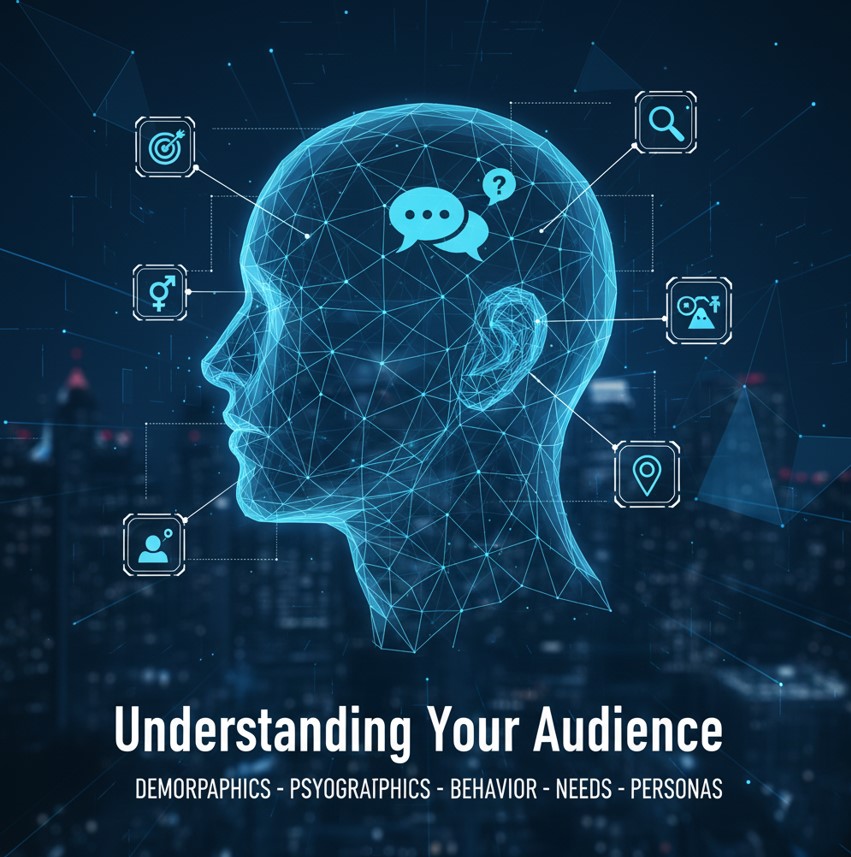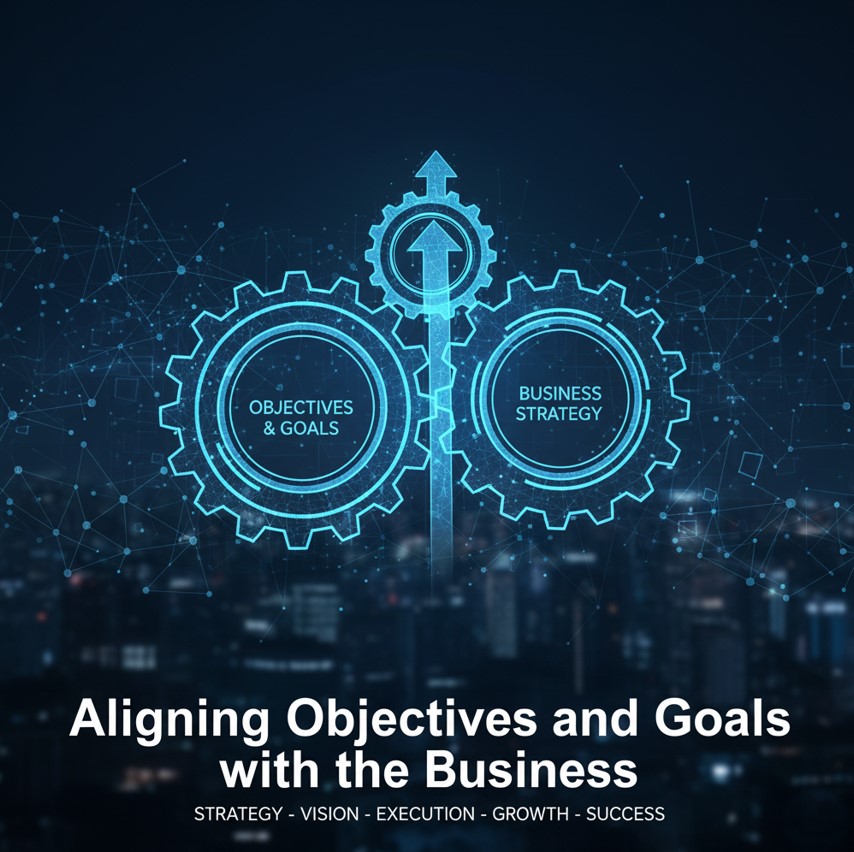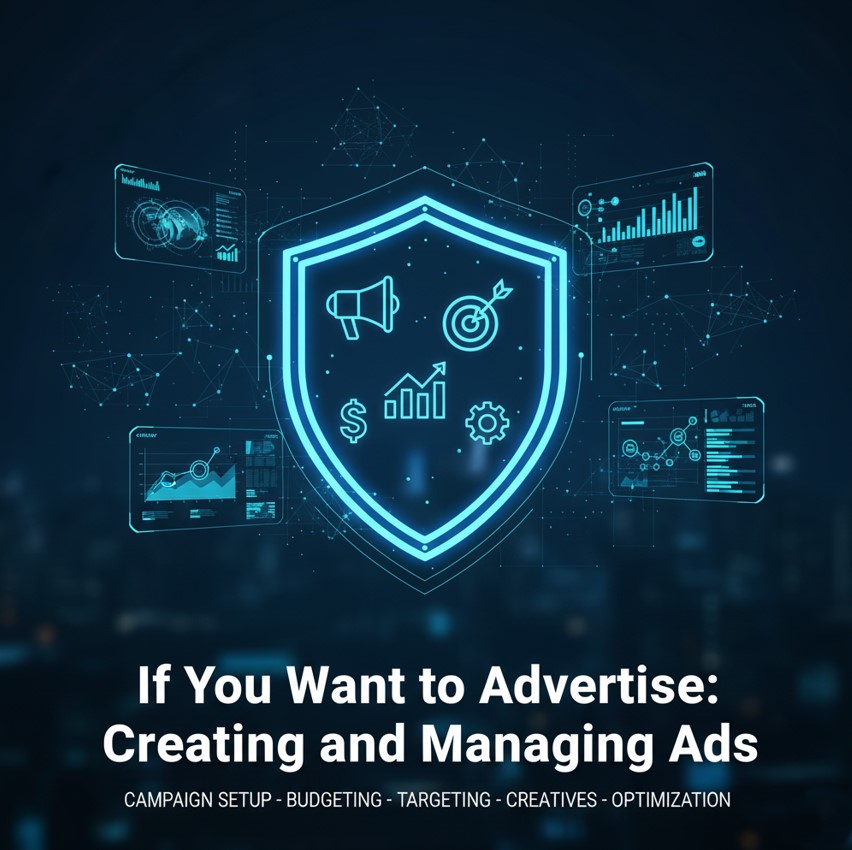
Technology moves at the speed of light, and as a business owner or marketer, you need to keep up with it if you want to succeed in such a competitive industry. A good digital marketing plan allows you to emerge, communicate with your ideal audience and produce results.
Yet creating an effective digital marketing strategy is not about just designing cool posts on social media or merely “being online.” It takes careful planning, intimate knowledge of your audience and proper execution across the right channels.
This handbook will take you through the process of creating a successful digital marketing strategy, from understanding who your audience is to knowing when you have achieved your objectives.
Understanding Your Audience
Any successful digital marketing strategy begins with knowing the people you are talking to. You’re basically throwing darts in the dark if you don’t know your audience.

Target Demographics and Psychographics Identification
Demographics are where it all begins. These metrics vary, but many can be traced to age, gender, location, income and education. You know the demographics of your audience, but it’s more important for you to know (understand) their psychographics: values, interests and behaviors.
For example, if you run a company that sells green home products, understanding that your prospective customers value sustainability and are likely to seek out eco-friendly brands can help shape your messaging.
Creating Buyer Personas
After you have some data, develop hyper-specific buyer personas. A buyer persona is a semi-fictional depiction of your ideal customer. Imagine, for instance, “Eco Ellie,” a 30-year-old content creator in Seattle who strongly prefers environmentally sensitive products, and who is active on Instagram and Pinterest.
These avatars guide how you write, what you say and where you say it, playing a critical role in how effectively your brand will be heard by your customers.
Setting Clear Goals
If you don’t have clear goals, then you won’t be able to measure how effective your digital marketing strategy really is! Learn more about setting the right direction by exploring building on the digital era: opportunities and challenges in rural markets.
Defining SMART Goals
SMART goals are Specific, Measurable, Achievable, Relevant, and Time-bound. Rather than expressing, “Increase website traffic,” a SMART goal could be, “Improve website traffic by 40% over the next 6 months by optimizing blog content and executing targeted Google Ads.”
Aligning Objectives and Goals with the Business
Your marketing goal should align with overall business objective. If you are driving your business around growing the the top line through new customer acquisition then your marketing plan should be centered around lead generation and closing.

Choosing the Right Channels
The digital world is wide-open but not every place will be suitable for your objective or your audiences.
Introduction to Digital Marketing Channels
Here’s a quick rundown of the primary digital marketing channels you may choose to leverage:
-
SEO (Search Engine Optimization): Making websites and content rank higher on search engine results pages (SERPs).
-
SEM (Search Engine Marketing): Paid placement or advertising on search engines, such as Google Ads.
-
Social Media Marketing: You’ll create a community and brand by stewarding platforms such as Instagram, LinkedIn and TikTok.
-
E-mail Marketing: Contacting potential and existing customers directly through emails.
-
Content Marketing: Blogs, eBooks, videos and other content for the purpose of engaging, informing and converting target audience.
Choosing Channels with Your Audience and Goals in Mind
If your audience is on the younger side, something like TikTok or Instagram can be most effective; if you’re a B2B, LinkedIn is likely the way to go. Fit your platform and approach to your marketing goals.
Content Copying and Marketing
Digital strategy is about content. It encourages engagement, fosters trust, and leads your audience down the sales funnel.
Developing a Content Strategy
You should also craft your contents strategy consistent with your audience and objectives. Things you may want to ask are:
-
What issues are my audience struggling with?
-
How does my content address these challenges?
-
What formats (blog posts, videos, infographics) work best?
Start off small and steady — say, two excellent blog posts a month and one social media post per day.
How to Produce Compelling and Useful Content
Stuffing is a thing of the past. Quality is what matters and authors are what matter. Tell stories, visualize data, and be true. To get inspired, start writing blogs on “How-To,” script solution-oriented videos, and develop customer success stories.
Search Engine Optimization (SEO)
SEO is still one of the most powerful long-term strategies to get organic traffic.
On-Page & Off-Page SEO Methods
-
On-page SEO: Writing headlines, subheadings, content and meta descriptions with the proper keywords.
-
Off-page SEO: Getting linked to from relevant sites and working with influencers to gain traction.
Keyword Research and Utilization
Use a tool like the Google Keyword Planner, or Ahrefs to find terms your potential customers will use, and then organically include them in your content and website structure.
Social Media Marketing
A powerful social presence makes your brand accessible and fosters meaningful relationships with your followers.
Creating Your Social Media Presence
Concentrate on where your audience spends time, amazing profile, active sharing of value, platform-specific content.
Interacting with Followers and Creating a Community
Foster two-way communication. Reply to comments, request feedback, and hold live events or Q&A sessions to develop a community.
Email Marketing
Despite its age (which, in internet years is right up there with Methuselah) email is still vital for marketing in the digital age, and continues to offer a great return on investment.
Building an Email List
Provide compelling reasons to sign up for your email list, such as discount codes, free content, or inside information.
Creating Effective Campaigns
And just talk to your audience. Leverage segmentation to deliver relevant product recommendations and create compelling subject lines to increase open rates.
Paid Advertising (SEM)
If you want fast results, paid advertising allows you to zero in on your target audience and get immediate visibility.
The Knowledge of Various Ad Platforms
One platform serves a different purpose to another, from Google Ads to LinkedIn, to Facebook and Instagram. Google Ads is a highly effective channel for high-intent keywords and Instagram works great for visual, inspiration-based campaigns driven by impulse.
If You Want to Advertise: Creating and Managing Ads
Test out various ad types (video, carousel, text) and closely watch numbers to optimize campaigns and increase return on ad spend.

Analytics and Measurement
Keeping tabs on performance will help you get a sense of your ROI, and where you might make some tweaks.
Monitoring of Key Performance Indicators (KPIs)
Popular KPI’s include website traffic, conversion rates, bounce rate, cost per lead (CPL), customer lifetime value (CLV), etc.
Using Analytics Tools
Useful tools to measure and tweak your strategy would be Google Analytics, SEMrush, and your social media insights.
Adapting and Improving
The digital marketing landscape is ever-changing. ”To be competitive, Ouechani says people have to be open to change.
Analyzing Results
Each month, investigate what has worked (or failed) in terms of tactics. Focus on the metrics, learn from patterns, and evolve your approach based on what works.
Staying Updated With Trends
Keep up to date by following industry blogs, attending webinars and experimenting with new technologies such as AI tools.
Why You Should Invest in Your Internet Marketing Now
A good digital marketing strategy is no longer an option, it has become a necessity for every type of business in the modern world. By prioritizing your audience, selecting the appropriate channels, and constantly refining your strategy— you can develop a marketing machine that actually produces results.
Begin composing your perfect plan today. When you’re ready to move into advanced digital marketing, learn about our suite of tools or talk to our team of experts about how you can hone your strategy.
Mobile banking, digital wallets, and investment platforms are now at your fingertips. This article explains what a fintech app is and how it’s changing the financial landscape.”


Leave a Reply